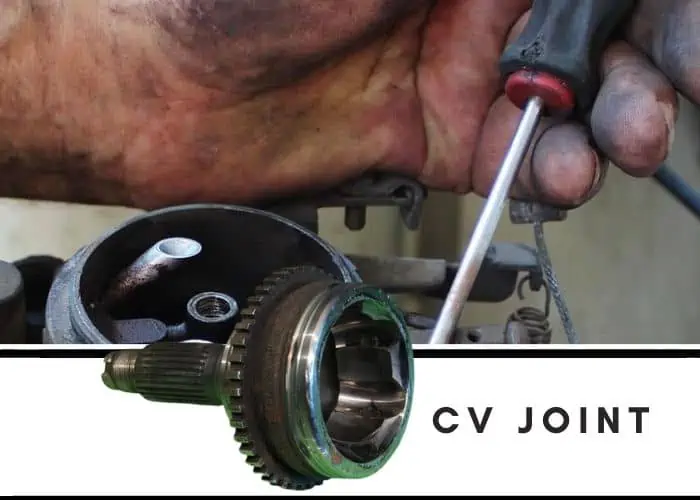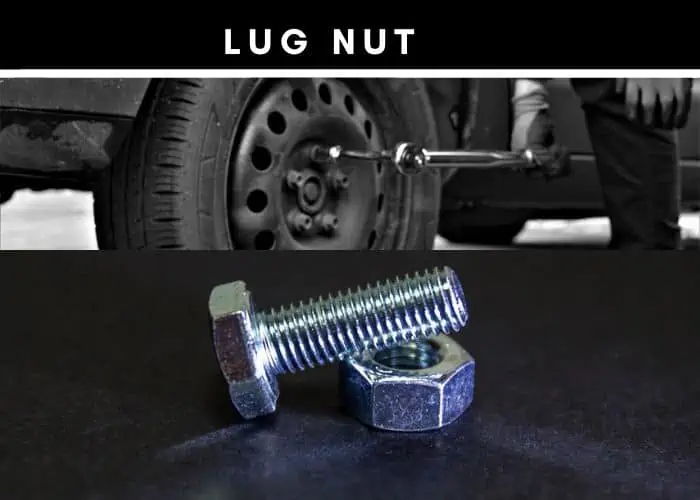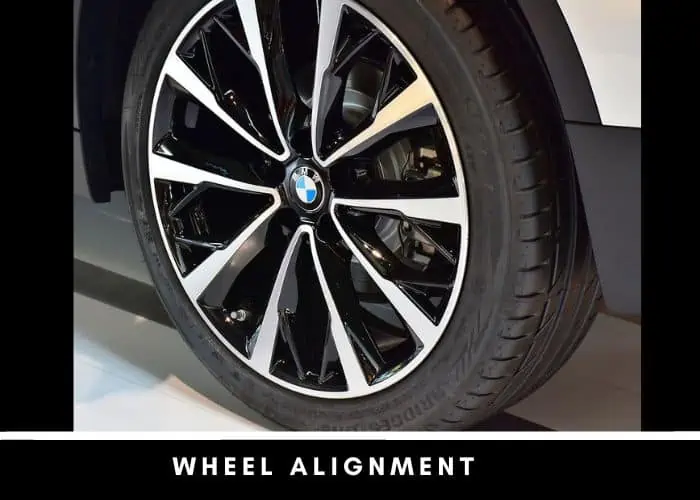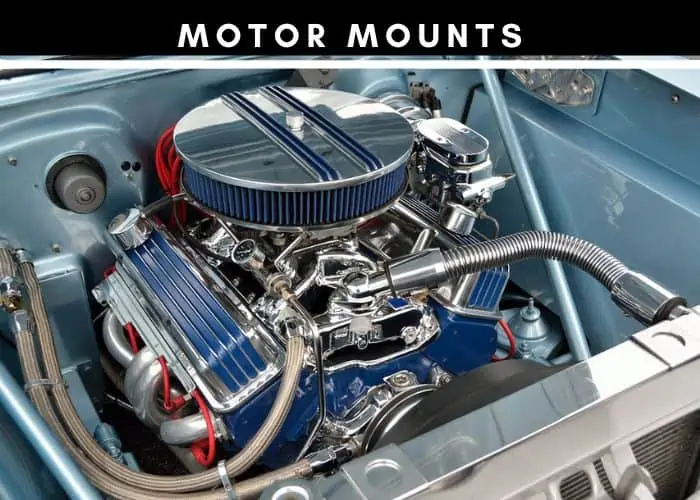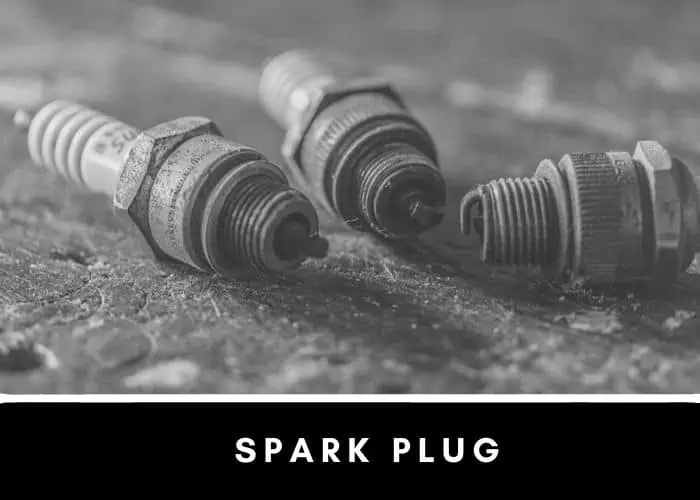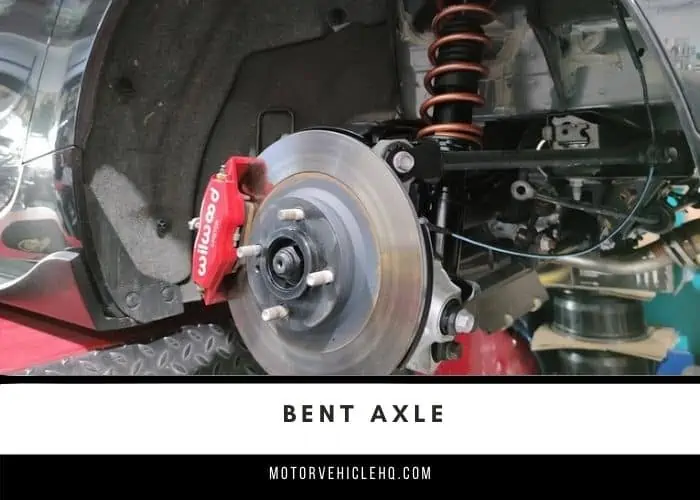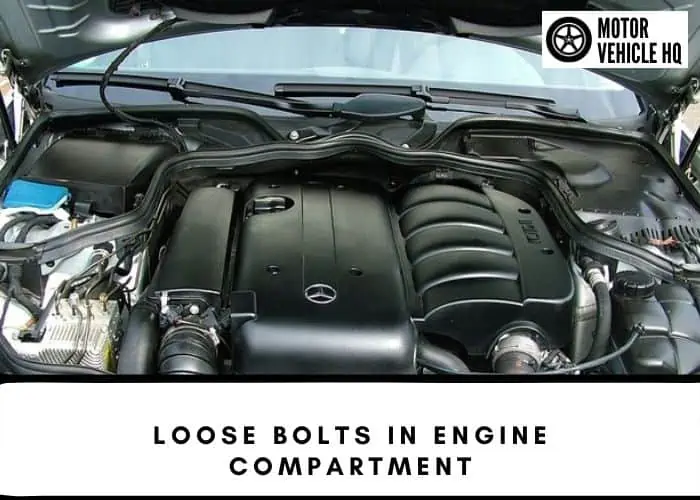Car shakes when accelerating? Even the best drivers experience this. It can feel like your drivetrain may go off at any moment, and it is a potentially dangerous situation that could lead to a serious problem.
From broken/defective struts and poor quality aftermarket parts to improper balancing and alignment, you will understand why your car shakes when accelerating.
You can fix some issues with a DIY solution, and some require the help of an auto repair specialist. Let’s get started!
#1. Worn Out CV Joint
One common reason a car shakes when accelerating is a worn-out CV joint. The CV joint is a part of the drivetrain that connects the transmission to your wheels and allows both wheels to turn at different speeds when you turn corners or accelerate.
The constant turning and stress can wear out these joints over time, causing them to leak or make noise when you accelerate.
You may notice an intermittent clunking sound coming from your front end when you accelerate; one or both of your CV joints wearing out usually cause it.
CV joints help the drive shaft to support the load while turning.
#2. Worn Tires
Your tires are the only thing that connects your car to the road. If your tires wear out and do not grip the road, they cannot absorb bumps or handle acceleration well.
Worn-out tires are usually the cause of shuddering when accelerating. When the vehicle is not balanced, a transfer of the vibrations from the tires to the suspension can cause it.
Regardless of how you drive, it’s essential to maintain tire pressure on your vehicle. It also helps improve fuel efficiency, handling, and safety.
There are a few ways to maintain tire pressure on your vehicle:
- Use a tire gauge.
- Maintain proper air pressure in all four tires.
- Check tire sidewall inflation.
#3. Lug Nuts Are Loose
Lug nuts that are loose will cause your car to shake when accelerating. Because the wheel is not securely attached to the axle, its vibration is stronger and more noticeable.
The same goes for turning and braking: if you or a mechanic didn’t tighten a lug nut down enough, it causes your car to shake violently as you turn or brake.
It is not difficult to identify what the problem is – vibrations often result from loose lug nuts on your wheels. You should also check the rotors.
#4. Oil Deficiency in Engine
If you’re experiencing shaking that feels like your car will fall apart at any moment, check the engine oil.
An insufficient amount of oil can cause all kinds of problems inside your engine, including seizing up or seizing altogether.
It can cause permanent damage that requires expensive repairs and replacements.
Oil deficiency usually occurs when you drive your car too long without refilling the tank with fresh fluid.
If you have an older model, it’s possible that the oil filter has been clogged with debris and needs replacing as well.
#5. Faulty Fuel Pump
A faulty fuel pump can cause a car to shake when accelerating and braking. Two main components go into a fuel pump: the sending unit, which connects to the car’s engine, and the pump inside of the tank.
The sending unit is responsible for providing fuel from the tank to the engine. If it is faulty, it will stop working correctly, and you may experience some noticeable problems with your vehicle’s performance.
#6. Faulty Ignition System
Another common cause of shaking is a faulty ignition system. It could be due to water from the engine or a damaged fuel pump, injector, or coil.
The ignition coil is an essential component as it helps generate current when you turn on your key to start up your car.
#7. Excessive Acceleration
If you are accelerating too quickly, the wheels may not have time to spin up before the tires encounter a load on them.
It results in a jolt that can cause car shaking. If this happens when driving over speed bumps or other potholes, it will be easy to identify the cause of your shaking problem.
#8. Alignment Issues with Wheels
If you’re experiencing shaking when accelerating, the wheels may be out of alignment. It means that the tires are not in contact with the road evenly and is a common issue when driving on rough roads or over potholes.
If this is the case, you should have your mechanic check the alignment of the wheels to ensure they are all aligned properly.
In addition to making sure that your tires are aligned, it’s essential to ensure they are balanced as well — this will help reduce vibrations and shaking during acceleration.
If one tire has more tread than its counterparts while driving over bumps could result in an unstable ride with excessive vibrations through both acceleration and braking situations.
Poor alignment could be confusing your car’s tires, causing a shake in the steering wheel while you accelerate.
#9. Faulty Spark Plug
A faulty spark plug can cause a loss of power and poor acceleration.
To determine if your spark plugs can cause your car to shake, check the following:
- Are they worn out? If so, replace them.
- Are they loose in their sockets? If so, tightening them using a ratchet
a wrench is necessary.
#10. Faulty Motor Mounts
A motor mount is a rubber part that connects the body of a car to the engine. It provides a cushioning effect when the car engine moves up and down, which helps reduce vibration.
Over time these mounts can wear out, causing an increase in engine vibrations during acceleration.
If you notice your car shaking when accelerating, try and check your motor mounts for wear or damage.
As with all other parts of your car, engine mounts need to be in good working order. Neglecting these will result in poor performance, shaking, and vibration.
#11. Worn Transmission Components
The transmission is a gearbox that changes the power produced by the engine into rotational power to drive the wheels.
The automatic transmission shift lockup feature uses a torque converter to provide full-throttle acceleration in modern vehicles.
The transmission contains fluid that lubricates and cools gears within it and allows them to move against each other smoothly without grinding or banging into each other as they do so.
When a car shakes when accelerating in first or second gear, check the fluid level of its transmission fluid reservoir before moving on to more expensive repairs.
It includes rebuilding or replacing your entire transaxle assembly (like solenoid valves).
#12. Faulty Differential Bushings and Bearings
Faulty differential bushings and bearings are a necessary part of the axle, which allows the wheels to spin independently when you turn.
If these parts wear out, the car will start to shake when accelerating or braking. Drivers often discover this problem after an accident because it can be hard to detect.
To replace faulty differential bushings and bearings, you need to take your vehicle to a professional mechanic specializing in repairing cars.
The repair will cost several hundred dollars but will ensure that your car continues to operate smoothly without any mechanical issues in the future.
Spark plugs can be faulty because they have worn out or have failed due to engine overheating.
#13. Brake Shudder Effect on Drivetrain Components
A brake shudder is a condition that occurs when the brake pedal feels like it is shaking. A faulty brake caliper can cause the problem.
The caliper is attached to the brake rotor attached to the wheel. The wheel then attaches itself to your car and makes it shake when you accelerate or decelerate.
#14. Defective Steering System
If the car’s steering system is not working, you’ll notice the symptoms immediately.
Many things can cause your vehicle to shake while driving, but if it’s due to a faulty steering system, here are some signs:
- The steering shakes in your hands while you’re making turns.
- You feel vibrations throughout the whole car as you accelerate up to speed.
#15. Bent Axle
A broken axle can cause a car to shake for a few reasons. One of them is that the car has too much weight on this side, and the other side cannot balance it out.
The other reason is that when an axle breaks, there’s no longer a strong connection between both axles, which means that they can’t work together as they should, and one side has to work harder than the other.
Bent axles should be the first thing to check on your car if you start to hear a rattling noise while accelerating.
Solutions To Fix Car Shaking While Accelerating
Does your car shake as you accelerate? The good news is that there are solutions to this problem.
Here are ways to fix your shaking car when accelerating:
- Check your tires. They may need to be rotated or changed, which can cause vibrations.
- Check your alignment. It can cause your tires to wear unevenly and cause shaking, especially at high speeds.
- Check under your car for any loose parts or other problems contributing to the issue.
- Check for loose bolts inside the engine compartment by opening up the hood and looking around carefully.
This includes checking under belts and hoses and cables connecting different parts so nothing slips free unexpectedly onto something else such as an exhaust system.
A loose bolt can shake the car when accelerating. If you hear rattling noises, check all the bolts and tighten them if necessary.
- Check the tire pressure. Low tire pressure can cause a vibration in your car while accelerating.
- Balance your tires. If one tire has more wear than another, it will affect your car acceleration.
- Replace the shocks or struts on your vehicle if worn out or broken down. A faulty shock or strut will cause vibrations and other issues with steering and handling on your car.
- Replace worn-out tie rod ends with new ones from an auto parts store near you! It will fix any issues with steering or handling caused by worn-out tie rod ends!
- Check all of your wheel bearings for any wear or damage signs that could cause vibrations when accelerating or braking.
Conclusion
If your car shakes when accelerating, it could be related to one of several known issues.
These solutions apply to most modern vehicles, but your car repair manual will include the best information specific to your car.
When in doubt, consult with a mechanic or contact your local dealership. Hopefully, they can get you back on the road quickly. Contrary to what you might think, most automobile dealerships offer free services for diagnostics.
New in town? We’ll let you in on a little secret: If your car shimmies when moving forward and suddenly slows, it could be a few simple problems that can be easy to solve.

Jim Wicks is the founder of MotorVehicleHQ. With over two decades of experience in the automotive industry and a degree in Automotive Technology, Jim is a certified car expert who has worked in various roles ranging from a mechanic, car dealership manager, to a racing car driver. He has owned more than 20 cars over the past 15 years. Ask him about any vehicle you see on the road and he can tell you the make, model and year. He loves the aesthetics of all things cars, and keeps his vehicles in pristine condition.
In his free time, Jim enjoys getting his hands dirty under the hood of a classic car or taking long drives along the country roads. His favorite car? A 1967 Shelby GT500, a true classic that, according to Jim, “represents the pure essence of American muscle.”
